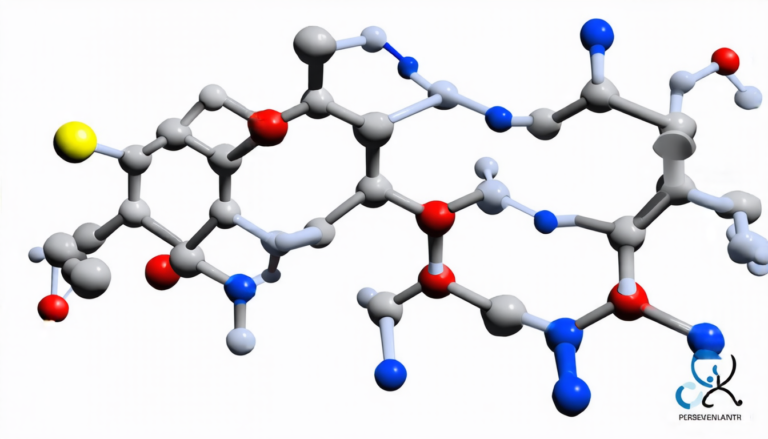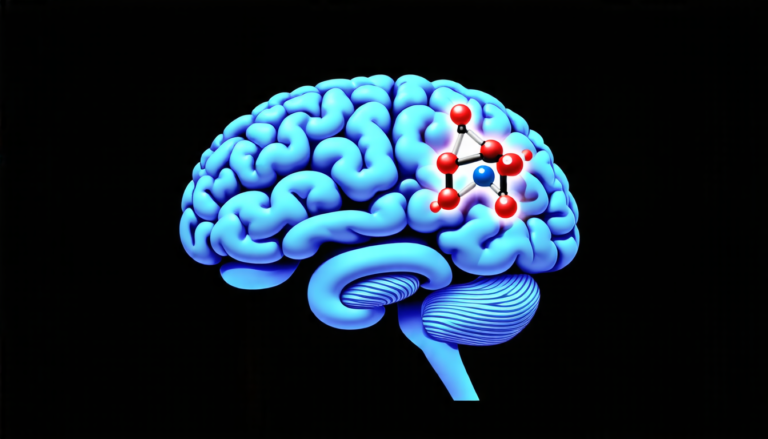Wednesday 16 April 2025
Scientists have made a significant breakthrough in understanding the role of cathepsin B, an enzyme that plays a crucial part in the development and progression of esophageal adenocarcinoma (EAC), a type of cancer.
Researchers analyzed data from over 17,000 individuals and found that genetic variations associated with high levels of cathepsin B were linked to an increased risk of EAC. This suggests that the enzyme may be a key factor in the development of the disease.
The team also discovered that cathepsin B is highly expressed in macrophages, a type of immune cell, in patients with EAC. Macrophages are known for their role in fighting off infections, but in this case, they seem to be contributing to the growth and spread of cancer cells instead.
Further analysis revealed that cathepsin B interacts with a protein called macrophage scavenger receptor (MSR), which is responsible for removing waste from the body. The interaction between these two proteins appears to promote the growth and survival of cancer cells, allowing them to thrive in an environment where they would normally be eliminated.
The findings have significant implications for our understanding of EAC and its treatment. Cathepsin B could potentially be targeted as a therapeutic strategy to slow or stop the progression of the disease. Additionally, identifying individuals with high levels of cathepsin B may help doctors identify those at risk of developing EAC earlier, allowing for more effective prevention and intervention.
The study also highlights the importance of considering the role of immune cells in cancer development. While macrophages are typically thought of as defenders against infection, it seems that they can also contribute to the growth and spread of cancer cells. This suggests that targeting these cells may be an important part of developing effective treatments for EAC.
Overall, this research provides valuable insights into the complex interactions between enzymes, proteins, and immune cells that occur in the development and progression of EAC. By better understanding these mechanisms, scientists can develop more effective strategies for diagnosing and treating this aggressive type of cancer.
Cite this article: “Unraveling the Role of Cathepsin B in Esophageal Adenocarcinoma Development and Progression”, The Science Archive, 2025.
Esophageal Adenocarcinoma, Cathepsin B, Macrophages, Msr, Immune Cells, Cancer Development, Progression, Therapy, Diagnosis, Treatment.







